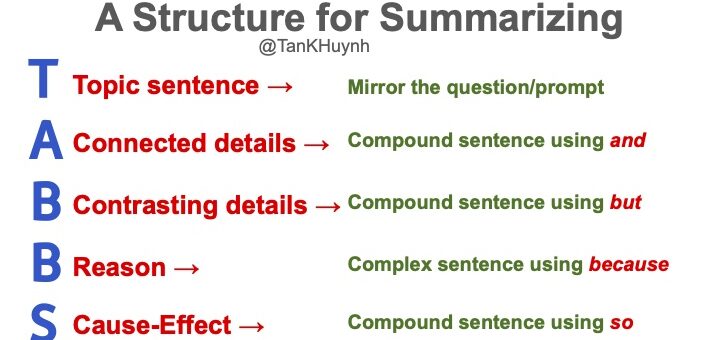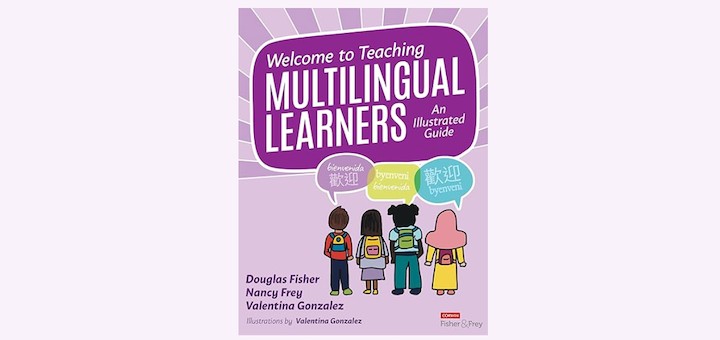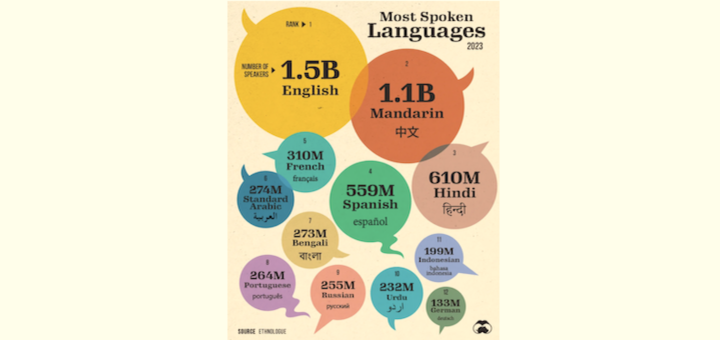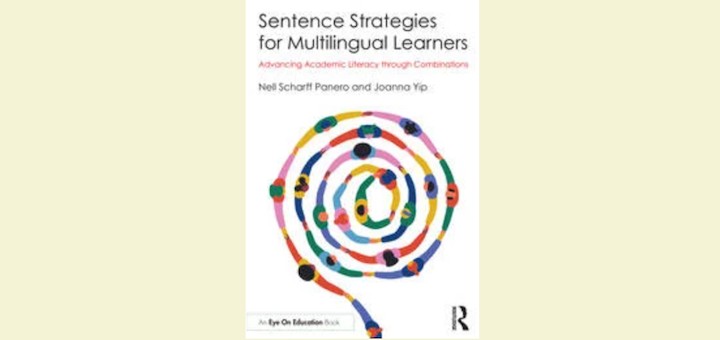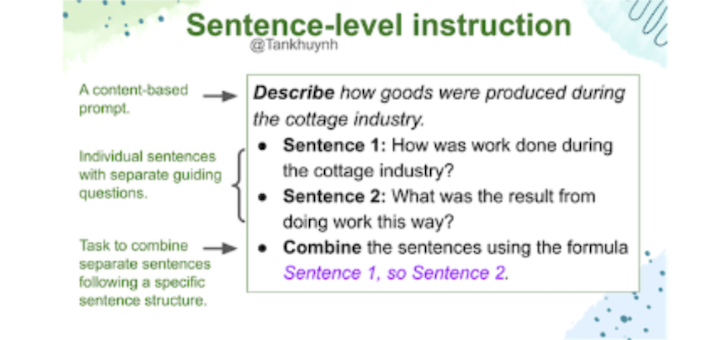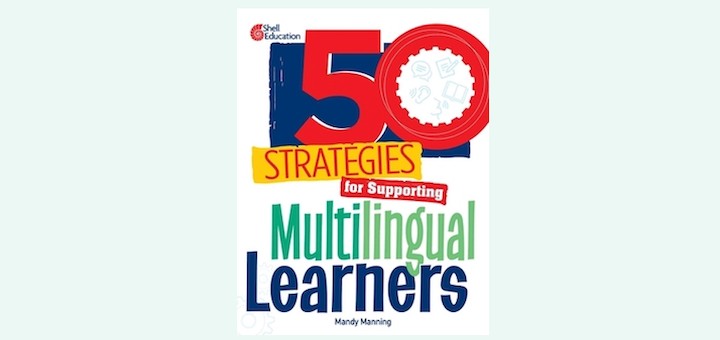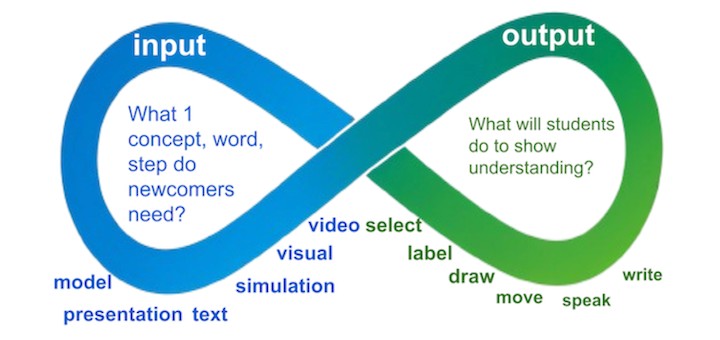Tagged: multilingual learners
Jennifer Throndsen pinpoints frontloading as an effective strategy that supports multilingual learners in both their content studies and language development. Learn how preteaching key vocabulary, background knowledge and core concepts scaffolds learning and accelerates progress.
The ELL Teacher’s Toolbox 2.0 is a thoughtful update to Ferlazzo and Sypnieski’s widely used first edition. Fresh ideas and resources support the learning culture they helped create – one of belonging, inclusivity and working together, writes teacher and coach Melinda Stewart.
By clearly defining language objectives and developing related sentence frames we can boost language development and impact English language learners’ reading and writing growth significantly. Alma Ortiz-Agib and Sunday Cummins share strategies developed in real classrooms.
Language specialist Tan Huynh goes beyond familiar methods of scaffolding for paragraph development to help multilingual students understand how sentences interact for cause and effect, adding details, explanation, and contrast using a TABBS structure he has developed.
Through a combination of clear explanations, real-life strategies and vibrant illustrations by Valentina Gonzalez, Welcome to Teaching Multilingual Learners breaks down the task of teaching multilingual students into digestible, well-structured concepts, writes Melinda Stewart.
When teachers apply “translanguaging” in class, write Larry Ferlazzo and Katie Hull Sypnieski, they’re using a student’s home language as a scaffold to help them achieve English language acquisition and to learn academic content they might not be able to access yet in English.
In “Sentence Strategies for Multilingual Learners” Panero and Yip offer a robust toolkit that empowers educators with effective strategies to support MLs as they navigate the intricacies of language and literacy acquisition through content, says ML educator Melinda Stewart.
While many multilingual students gain social language in two years, abstract, highly structured academic language requires much more time. Tan Huynh advocates teaching MLs at the sentence level because it facilitates understanding of content and fosters academic writing skills.
Mandy Manning’s book is essential reading for teachers who are new to the world of language diversity and would be a great PD resource for general education teachers and staff. Teacher Jeanette Pine finds the book clear, concise, easy to navigate, and filled with important reminders.
Chunking alone won’t help multilingual learners with the deluge of new content they experience. Tan Huynh shares the Input-Output Loop, a strategy to make chunking more effective by assuring immediate processing time and segmenting content into units students can internalize.




